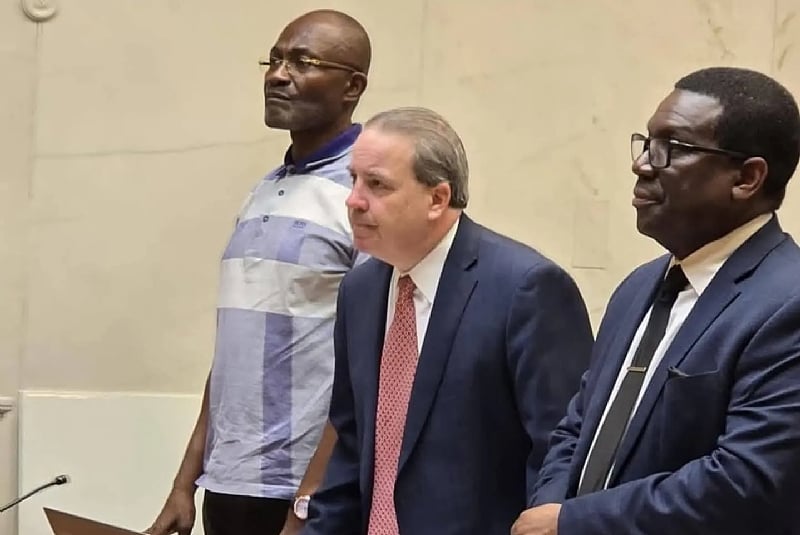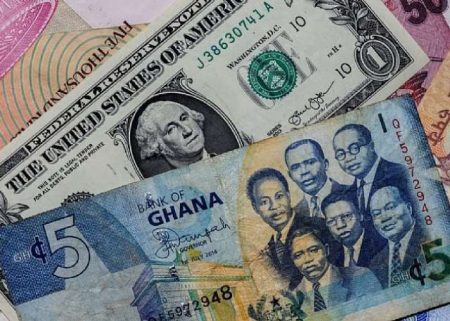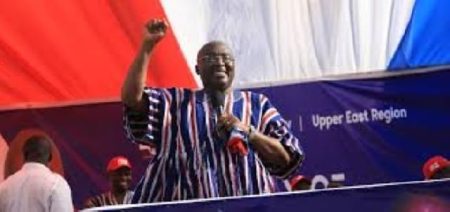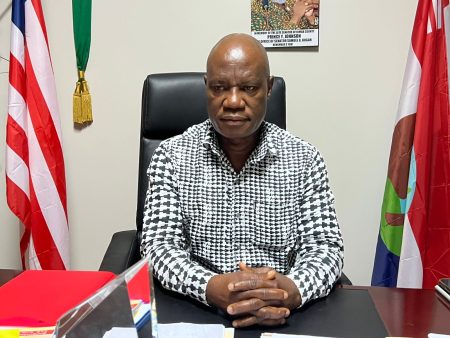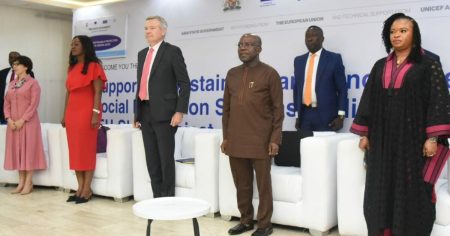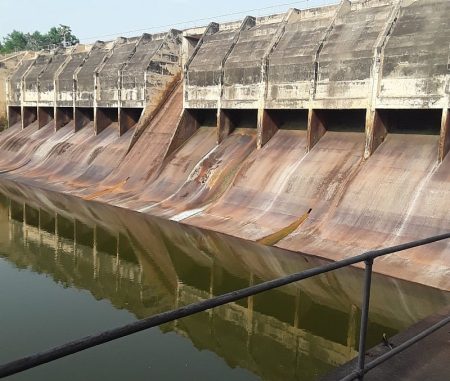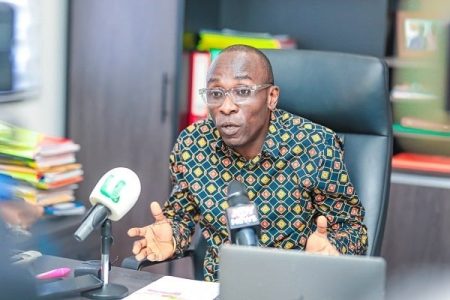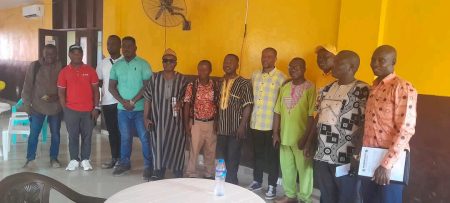The ongoing legal battle between Ghanaian politician and businessman Kennedy Agyapong and investigative journalist Anas Aremeyaw Anas took a dramatic turn with the introduction of a potentially pivotal piece of video evidence. The video, submitted by Anas’s legal team, captures Agyapong making extravagant claims about his personal wealth, boasting of riches exceeding those of most American politicians, second only to Michael Bloomberg. This footage further showcases Agyapong proclaiming the construction of a lavish 45-bedroom mansion, adding to the collection of pronouncements regarding his opulence. The admission of this video into evidence became a central point of contention, setting the stage for a heated legal debate between the opposing counsels.
Anas’s lawyers argued that the video provided crucial context for the jury’s deliberation on punitive damages. They contended that Agyapong’s self-professed wealth, as demonstrated in his boastful statements, warranted a more substantial financial penalty. By showcasing the extent of his financial resources, the video aimed to justify a higher level of punitive damages, directly linking his ability to pay with the severity of his alleged actions. The video, therefore, became a key element in their strategy to secure a significant judgment against Agyapong.
Agyapong’s legal representative countered with a vigorous objection to the video’s admissibility. Dismissing his client’s pronouncements as mere “puffery” – exaggerated or boastful statements not meant to be taken literally – he argued that such pronouncements were commonplace and shouldn’t be construed as factual representations of Agyapong’s financial standing. He likened the statements to the exaggerated persona of a celebrity like Denzel Washington, implying a theatrical element to Agyapong’s declarations, intended for effect rather than accurate depiction. This analogy sought to trivialize the content of the video and undermine its relevance to the proceedings.
The courtroom exchange became a clash of legal interpretations, with Anas’s team emphasizing the video’s relevance to assessing punitive damages and Agyapong’s lawyer downplaying the statements as harmless bravado. The judge’s decision to admit the video, despite the defense’s objections, marked a significant victory for Anas’s legal team. This ruling allowed the jury to consider Agyapong’s declarations of wealth when determining the appropriate penalty, potentially influencing the final outcome of the case.
The unfolding drama highlighted the complexities of using self-incriminating statements, particularly when couched in boastful language. The legal arguments revolved around the interpretation of these statements: were they genuine reflections of Agyapong’s financial status or simply exaggerated claims intended to impress? The judge’s decision signified a critical juncture in the trial, as the jury now had access to this potentially damaging evidence when considering the appropriate punitive measures.
The inclusion of the video as evidence added another layer of intrigue to the already high-profile case. The clashing interpretations of Agyapong’s statements underscored the challenges of discerning truth from exaggeration, particularly in the context of a legal battle. The judge’s ruling set the stage for further developments, with the jury left to weigh the significance of the video alongside other evidence presented in the case. The outcome of this legal battle carries significant implications for both Agyapong and Anas, and the ultimate verdict will undoubtedly shape the landscape of investigative journalism and political discourse in Ghana.





